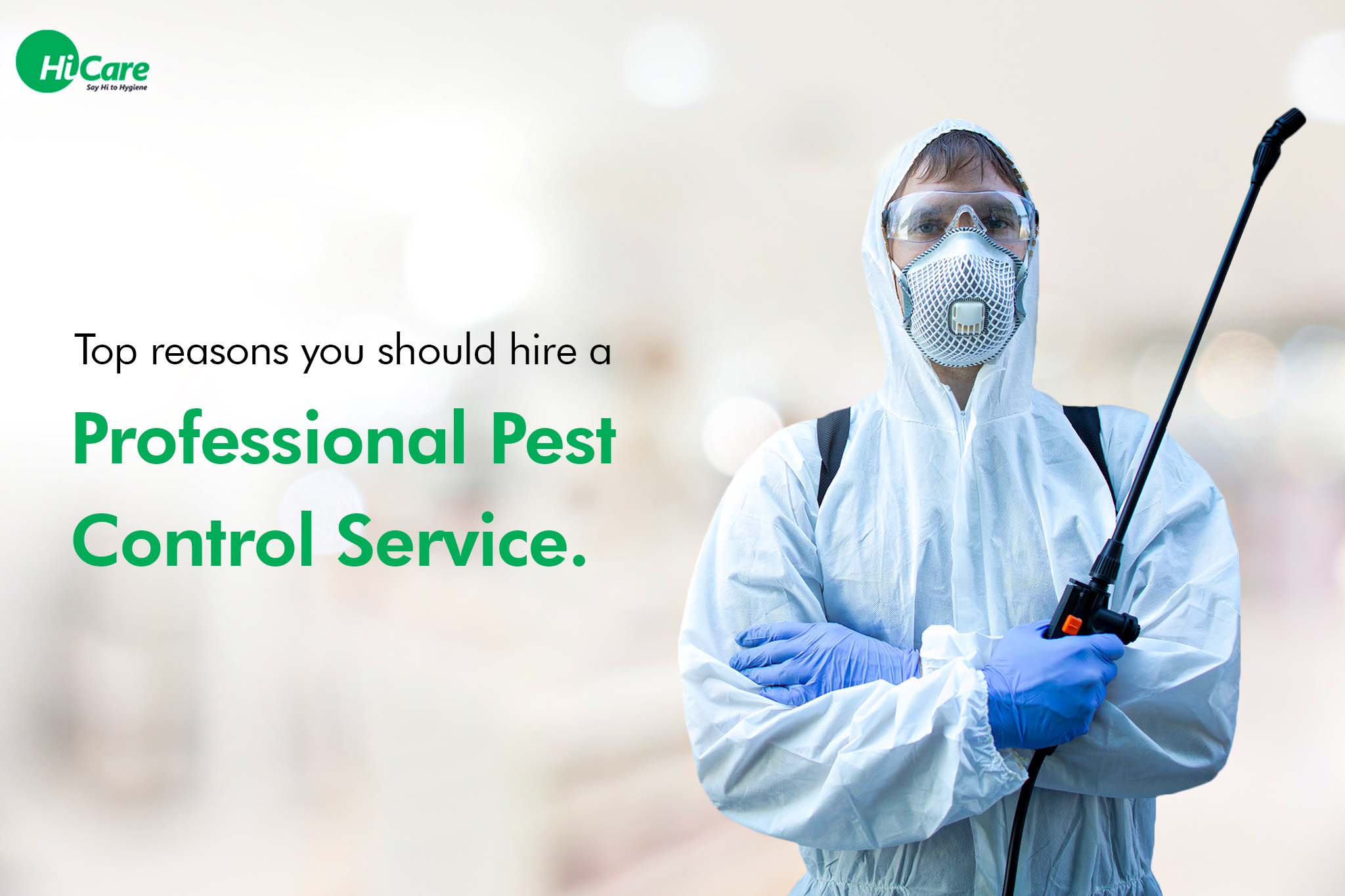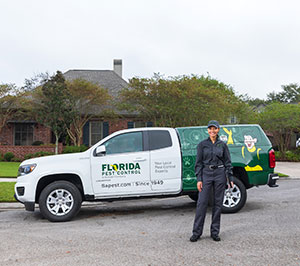Trusted A1 Exterminator Charlotte NC - Comprehensive Pest Solutions
Wiki Article
Bed Insect Treatment Malfunction: Comparing Chemical Vs. Non-Chemical Solutions
In the realm of parasite control, particularly when handling the relentless problem of bed bugs, the selection between chemical and non-chemical therapy solutions can be a pivotal one. Both techniques use distinct benefits and downsides, affecting factors such as efficiency, safety factors to consider, and general cost. By taking a look at the nuanced details of each method, a more clear understanding of which path to go after in resolving a bed pest problem can be achieved.Effectiveness of Chemical Therapies
Chemical therapies for bed pest problems have actually been widely identified for their powerful and quick efficacy in removing these bugs. When thinking about the effectiveness of chemical therapies, it is vital to comprehend that they can give a quick and extensive option to a bed bug trouble. Specialist pest control specialists typically count on insecticides to target bed bugs at numerous phases of their life process, including grownups, nymphs, and eggs. These chemicals typically work by interfering with the bed insects' nerve system, bring about paralysis and eventual death.Furthermore, chemical treatments have the benefit of using residual effects, meaning that they can continue to get rid of bed insects also after the preliminary application. This residual action is specifically beneficial in combating any kind of prospective re-infestations. Furthermore, the quick action of chemical treatments can bring alleviation to people facing severe bed insect invasions, allowing them to regain control of their home swiftly.
Safety And Security Issues With Chemical Solutions
One critical facet that calls for careful consideration when utilizing chemical options for bed insect therapy is ensuring the safety of owners and the setting. While chemical treatments can be effective in getting rid of bed pests, they may pose dangers if not managed correctly. One of the key safety and security interest in chemical options is the possible damage they can cause to human wellness. Direct exposure to particular chemicals utilized in bed insect treatments can bring about respiratory problems, skin irritability, or various other negative reactions, specifically in individuals with pre-existing conditions or sensitivities. In addition, inappropriate application or dose of chemical pesticides can lead to toxic deposits remaining in the cured location, presenting long-term health threats to occupants.Additionally, the environmental impact of chemical solutions is an additional significant consideration. Some pesticides utilized in bed pest treatments might be hazardous to helpful insects, wild animals, and environments if they seep into the soil or water supply. It is vital to utilize chemical therapies judiciously, adhering to security guidelines, and considering less poisonous alternatives to mitigate these risks and make sure the safe and efficient management of bed bug infestations.
Advantages of Non-Chemical Approaches
Taking into consideration the prospective safety and security problems and ecological impact linked with chemical solutions for bed insect treatment, exploring non-chemical methods presents an appealing choice with numerous distinctive advantages. Non-chemical methods use a more secure option for families, especially those with people, family pets, or children delicate to visite site rough chemicals. These methods get rid of the threats of direct exposure to poisonous materials, lowering the possibility for unfavorable health and wellness results. Furthermore, non-chemical therapies are eco-friendly, as they do not add to air or water pollution, making them a sustainable selection for bug control.In addition, non-chemical solutions can be effective in targeting bed pests, consisting of hard-to-reach areas where chemical treatments might not penetrate. Methods such as warmth therapy, vacuuming, heavy steam cleansing, and bed mattress encasements give extensive removal without the usage of hazardous chemicals. wikipedia reference Moreover, non-chemical techniques can be much less turbulent, calling for minimal preparation and permitting quicker reentry into dealt with areas. On the whole, going with non-chemical bed bug treatment techniques not just focuses on safety and security and ecological protection yet additionally ensures extensive and reliable parasite control.
Limitations of Non-Chemical Treatments

Additionally, non-chemical treatments often require several applications to achieve successful removal. This can be taxing and may not constantly ensure full elimination of all bed pests and their eggs, especially in hard-to-reach or covert areas.
Moreover, the success of non-chemical treatments greatly relies upon proper implementation and thoroughness, which can be testing for individuals without specialist expertise. Poor application of non-chemical approaches might lead to incomplete obliteration, causing consistent invasions and the need for added treatments.
For that reason, while non-chemical treatments have their benefits, it is important to recognize these limitations and consider them when establishing the most efficient approach for taking care of bed bug problems.
Price Comparison: Chemical Vs. Non-Chemical Options
Offered the limitations associated with non-chemical therapies, a vital element to evaluate in the context of bed insect administration is the price contrast in between chemical and non-chemical options. Chemical treatments usually entail the application of insecticides by experts, which can vary from $250 to $900 per room, depending upon the intensity of the infestation and the dimension of the area to be dealt with. On the other hand, non-chemical treatments here like warmth therapy or vapor can be more pricey, with costs varying from $1,000 to $6,000 for a whole home. While the first price of chemical therapies may seem reduced, multiple treatments may be called for to fully eradicate the infestation, possibly raising the total cost. On the other hand, non-chemical options might offer an extra eco-friendly and sustainable service, although they can be cost-prohibitive for some individuals. Eventually, when considering the cost of bed bug treatment alternatives, it is very important to weigh the ahead of time costs against the efficiency and long-term sustainability of the selected method.Verdict

Thinking about the possible safety concerns and environmental influence connected with chemical services for bed insect treatment, checking out non-chemical strategies presents a promising choice with numerous distinct advantages.Provided the constraints linked with non-chemical therapies, an essential element to examine in the context of bed insect management is the price contrast between chemical and non-chemical alternatives. In comparison, non-chemical treatments like warm treatment or heavy steam can be extra expensive, with prices varying from $1,000 to $6,000 for an entire home. While the initial expense of chemical therapies may appear reduced, multiple treatments might be called for to totally get rid of the infestation, possibly increasing the total price.In final thought, when comparing chemical and non-chemical bed insect therapy alternatives, it is essential to take into consideration efficiency, safety, benefits, limitations, and cost.
Report this wiki page